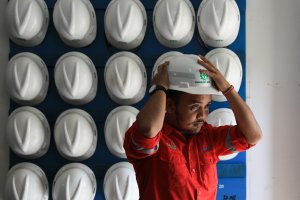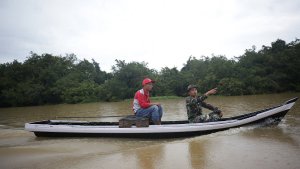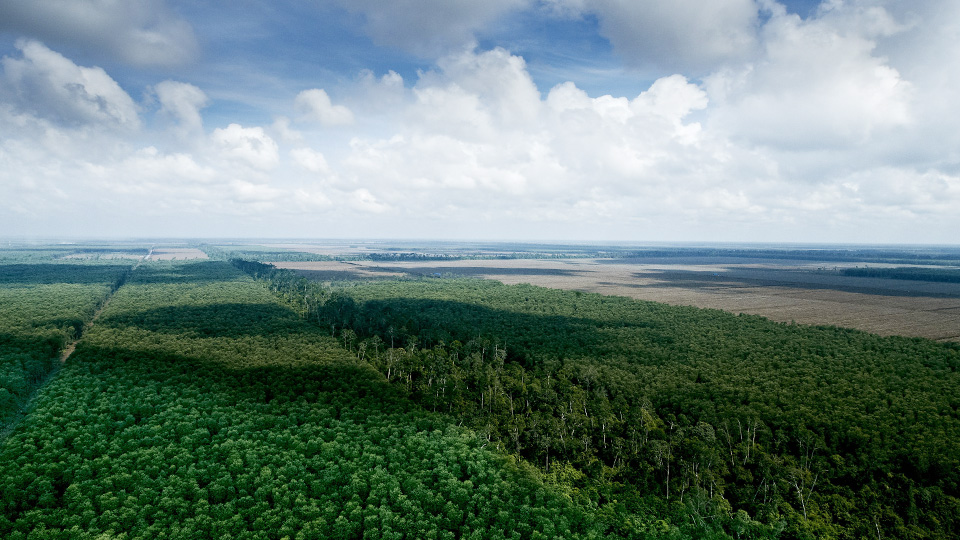Lessons on Community Engagement From APRIL’s Fire Free Village Program
- Details
Companies cannot operate in isolation from the communities of which they are part. But managing those engagements can be difficult even in areas where the practice is well established. How to set up a village-level program in remote parts of Indonesia to not just partner with locals, but get them to change age-old practices?
That was the challenge faced by APRIL in the initial design of its now successful Fire Free Village Program (FFVP).
“The FFVP is about fire prevention through community engagement,” says Craig Tribolet, APRIL’s Strategic Fire and Protection Manager. Currently it works with 77 communities around APRIL’s concession areas to encourage them not to start fires, like those that led to the debilitating haze across the region in 2015.
The program began that same year when APRIL identified nine high fire risk villages which neighbour the company’s concession areas, engaging the communities there in discussions around fire prevention. Although the country as a whole saw the worst fires in its history, the villages which had joined FFVP reduced their average burning by 90 per cent.
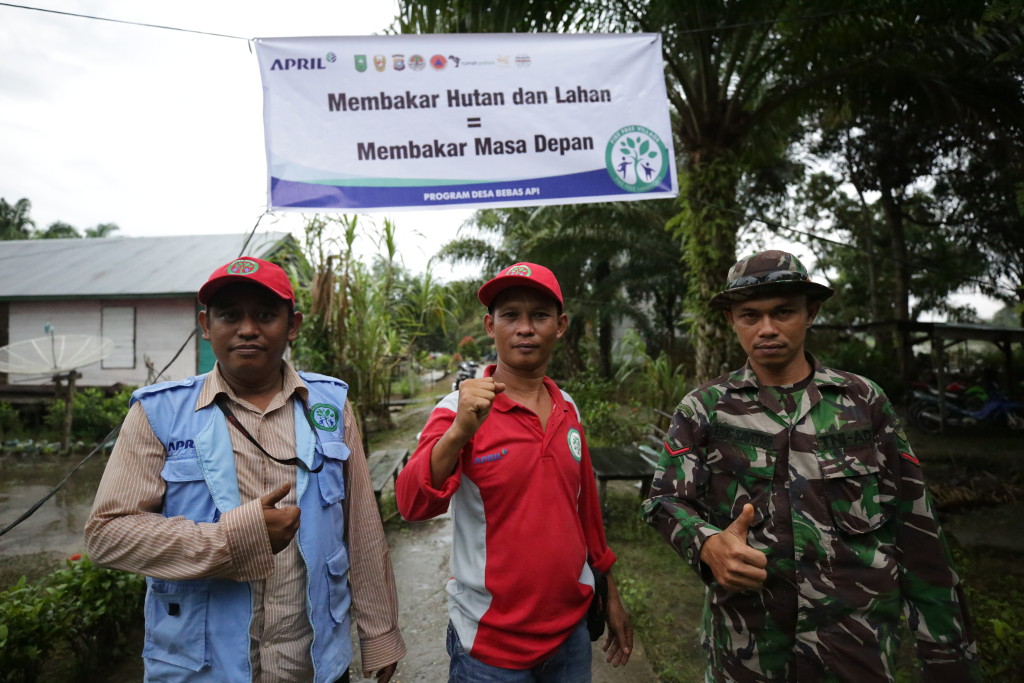
Since then, the FFVP has only continued to grow, and spawned the multi-company Fire-Free Alliance (FFA) in 2016, of which APRIL is a proud founding member.
“APRIL recognised very early on that we weren’t very good at the fire prevention element in the broader fire management process.
“We did a root-cause analysis – a risk map – and we started to understand very quickly that APRIL doesn’t burn. We don’t use any burning as part of our forest management processes, and our policy is about no burning,” Craig explains.
“So we knew that we weren’t the key protagonist in the story, but often it was our areas being damaged,” he says.
As part of that analysis it soon became clear that the problem was largely caused by fires that started elsewhere but quickly spread during dry summer conditions.
“This is often small-scale farmers without many alternatives to prepare land (and) that’s why we came up with the strategy of fire prevention through community engagement,” Craig says.
Generating Understanding
For the FFVP team, the biggest roadblock was the lack of fundamental understanding among the communities about the impacts of burning.
“We often hear about the economic damage of large fires. What generally gets ignored, unfortunately, is the really catastrophic impacts of smoke haze on individual health – particularly children’s health,” Craig says.
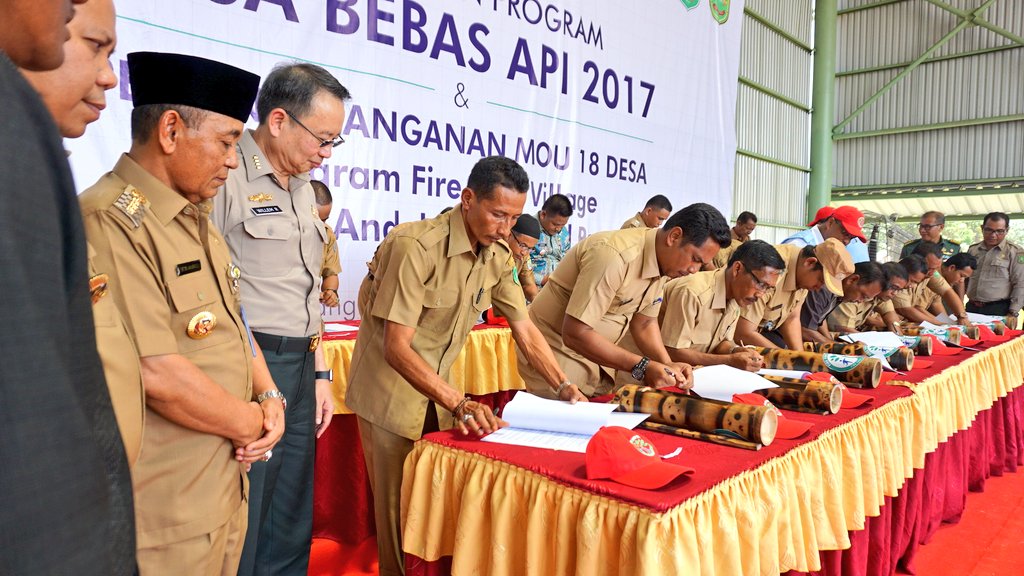
However, it was important for the team not to approach the issue by pointing fingers and blaming the villagers.
“So we chose not to take on that approach, but rather a more soft approach of showing them that the fires they light were contributing to smoke haze and harming their children,” Craig shares.
Craig says that “it was a bit of an epiphany for some of the villagers” as they did not think of it as their fires which were causing the haze, believing instead that it was someone else’s fires that were causing catastrophic haze events.
“We showed them that it’s actually not – it’s hundreds and hundreds of small fires, including the ones that you light which are contributing to this regional and interregional problem, and this problem is the exact one that’s killing your children, your neighbour’s children, your grandchildren or your nephews and nieces.
“That’s when we really got traction because we could actually give them some clear link to the implications of burning.
“And also a clear solution, which is not to burn,” Craig says.
Engaging Communities
Of course, all APRIL can do is to help communities better understand the broader impact of what they’re doing and collectively decide on a course of action.
“As a result, the initial engagement process with the communities was very slow. It took us a really long time to develop trust with the communities, to help them understand the broader aspects, the problems of burning and to bring them along in facilitating solutions,” he shares.
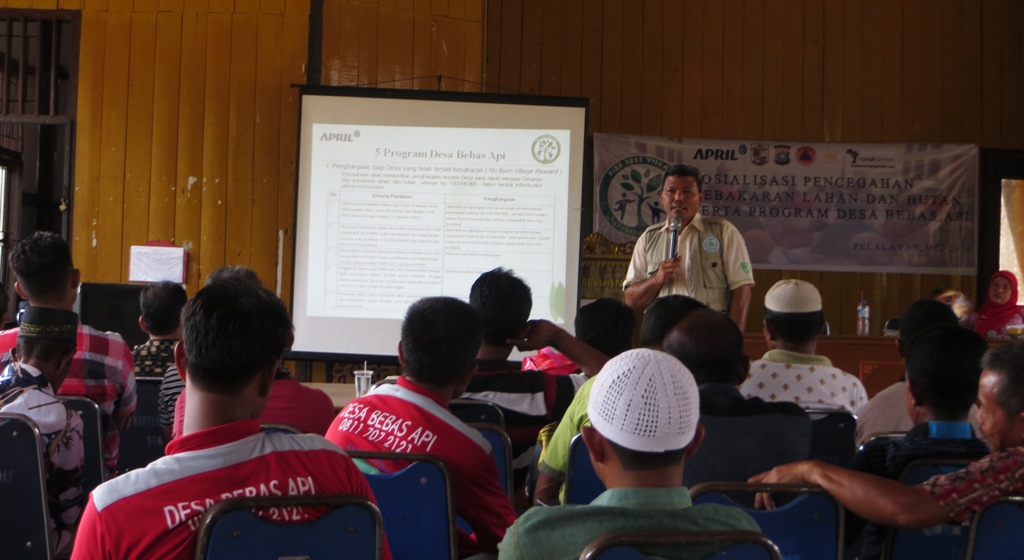
According to Craig, the FFVP fire prevention manager, Sailal Arimi, conducted a large amount of ‘in-village engagement’.
“It took very gentle sorts of processes – sitting around, drinking tea and generally discussing the issues with the communities, rather than trying to push too hard,” he says.
Craig stresses the importance of early engagement with the communities, in particular.
“If you don’t go through the very early stages of bringing the communities along with the problem formulation, then don’t expect them to engage with the solutions that you’ve generated.
“The community has to be a part of that very early problem formulation – to get their complete ‘buy-in’, their complete endorsement of the solutions,” he says.
“We’ve said to people to not expect that you can just show up in communities almost without warning and deliver a solution. Because if the community doesn’t even believe they’ve got a problem, then good luck delivering a solution to a community who doesn’t think they need it.
“It simply won’t work,” Craig states.
Letting Locals Speak
One of the biggest challenges faced in engaging communities is that often local dialects are used there.
“This actually drove one of our key programs, which was to hire a fire crew leader within each village.
“What happens now is that the individual crew leader comes from that village – so he’s generally known to people in the village, he lives there with his family so people know he’s got the best interest in what’s happening.
“And of course, he speaks the local dialect,” Craig says.
Craig says that hiring locals in this way “really shifts the narrative quickly from APRIL talking to communities” to just facilitating processes where local people are talking to themselves.
“So it’s not someone who’s arriving from outside the village from a big company. They’re now talking to an individual who is wearing our shirt but speaks the local dialect, and understands the local context and some of the issues being faced,” he adds.
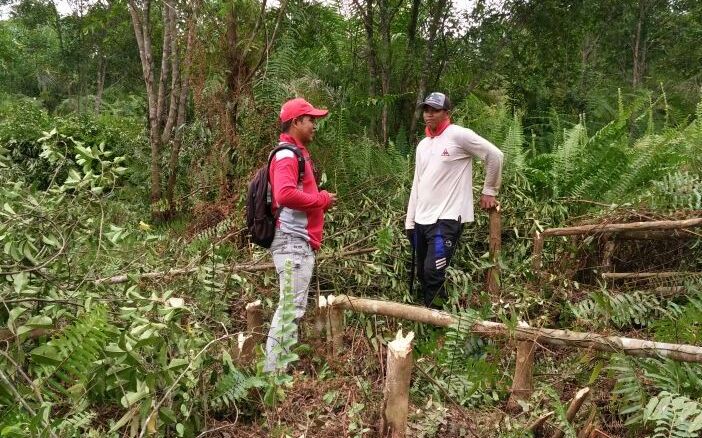
No Copying and Pasting
However, Craig warns against just copying and pasting fire solutions that APRIL has come up with into any other context “because it doesn’t work that way”.
Craig maintains that FFV is “actually a problem formulation tool, not a copy-paste solution”.
“So when we work with other big industry partners, particularly commodity companies in Indonesia through the FFA, we’re very, very clear – don’t just copy-paste our fire solutions because they may be completely inappropriate to your context”.
From an organizational point of view, different companies operate in different landscapes (peatland versus mineral soil; developed versus underdeveloped areas) with different budgets, and with different strategic requirements from management.
A lot of money has been spent on the fire problem in Indonesia in recent decades, but the country still experienced its worst fire season in its history in 2015, Craig points out.
“It appears that while some of these projects had the right intent and excellent solutions, often the problem formulation had occurred externally, and projects arrived with a package of solutions which were already fully formulated.
“Communities had little or no voice in the process but were expected to accept significant changes to their current practices and lifestyles. The result was an overwhelming lack of traction,” Craig explains.
He therefore underscores yet again the importance of allowing communities time to understand key issues, accept the impacts of fire and develop their own responses, allowing the communities to take control of challenges and solutions.
“We see the role of APRIL in facilitating solutions rather than taking ownership of the problem and controlling the solutions.
“Our advice to partners is not to arrive with a final product but to arrive with an open mind to discuss the challenge,” he says.
In that regard, Craig points to the FFA toolkit, which he says allows for companies to contextualize for their own requirements.
“What we’ve actually developed is what we call our toolkit – it’s essentially the steps behind developing your own solutions with community stakeholders,” he says.
He emphasises the significant need for conducting a root-cause analysis beforehand.
“We came up with five projects under the FFVP as a result of our root-course analysis and our work with the community, which we decided would be the most effective way for the communities that we’re working with to drive long-term changes in community behaviour.
“However, these were specific to the original nine villages that we worked with,” Craig says.
Craig adds: “And not every company has the same resources, works in the same landscape context as we do, or has even similar community sort of issues around their areas”.
In many cases, companies may arrive at very similar solutions to the ones that APRIL came up with, he acknowledges.
“Which is fine – it’s no problem because at least they’ve been through the process and come up with their own solutions in coordination and consultation with the communities,” he says.
More Articles
